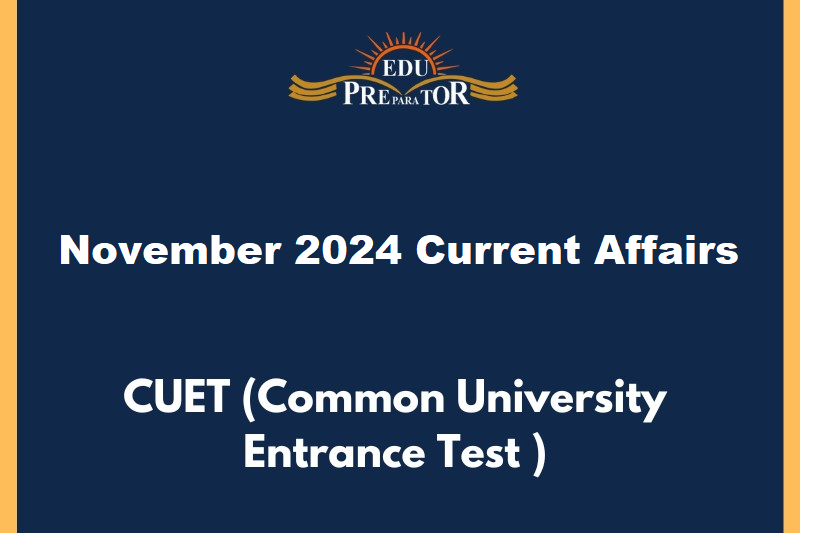
Supreme Court Ruling on Limits for Private Property Acquisition
Introduction and About
- The Supreme Court, in the Property Owners Association v State of Maharashtra Case 2024, has set limitations on state authority to assume control of privately-owned resources for public distribution.
- The petitioners challenged state power to take over private properties under the provisions of Articles 39(b) and 31C of the Constitution.
Key Highlights of the Supreme Court Verdict
- Private resources qualifying for state acquisition should be rare or critical to community well-being, ruling out general private properties.
- The 'Public trust doctrine' may help determine such resources.
- Two key tests were established: a resource must be both "material" and "serve the community."
- The 'materiality' of resources and their community aspect must be evaluated on a case-by-case basis.
- The Court overturned the argument from the Ranganath Reddy case, 1977, that all private property could be regarded as "material resources of the community" for redistribution.
- Judicial caution was urged against an expansive interpretation of Article 39(b) to potentially harm property rights under Article 300A.
- The Supreme Court outlined five ways to transform private resources into community material resources: Nationalisation, Acquisition, Operation of law, Purchase by the state, and Donation by the owner.
Right to Property and Constitutional Provisions
- Article 31, an original fundamental right to property, was repealed and replaced by Article 300A, a constitutional right, through the 44th Amendment Act, 1978.
- The 1st Amendment Act, 1951, introduced Articles 31A and 31B, adding the Ninth Schedule, to ensure laws in this Schedule could not be declared inconsistent with fundamental rights.
- The 25th Amendment Act, 1971, added Article 31C to fend off constitutional challenges to state laws intended for resource distribution as per Article 39(b) and (c).
- The scope of Article 31C was expanded by the 42nd Amendment Act, 1976, to include all Directive Principles.
- Article 19(1)(f) and Article 31, which safeguarded the right to acquire, hold, and dispose of property, were abrogated by the 44th Amendment Act, 1978, making Property no longer a fundamental right but a constitutional right under Article 300A.
Judicial Interpretation Related to the Right to Property
- Numerous rulings, starting from Sankari Prasad Case, 1951 to Vidya Devi Case, 2020, have significantly influenced the interpretation of property rights in constitutional jurisprudence.
Significance of the Supreme Court Judgment
- The judgment maintains a delicate balance between potential state intervention and mindful protection of indivisible rights.
- It promotes economic democracy envisioned by Dr. B.R. Ambedkar by retaining liberty for citizens to determine their socio-economic organisation.
- The ruling underlines that articles like 39(b) should be implemented in accordance with changing societal and economic realities.
Impact of State Control over Property
- Positive Impacts: Social justice promotion, sustainable resource management, and facilitation of public welfare projects.
- Negative Impacts: Limitations on private ownership potentially dampen private investment, entrepreneurship, and incentives to invest or improve properties.



Comments
Nam cursus tellus quis magna porta adipiscing. Donec et eros leo, non pellentesque arcu. Curabitur vitae mi enim, at vestibulum magna. Cum sociis natoque penatibus et magnis dis parturient montes, nascetur ridiculus mus. Sed sit amet sem a urna rutrumeger fringilla. Nam vel enim ipsum, et congue ante.
Cursus tellus quis magna porta adipiscin
View All